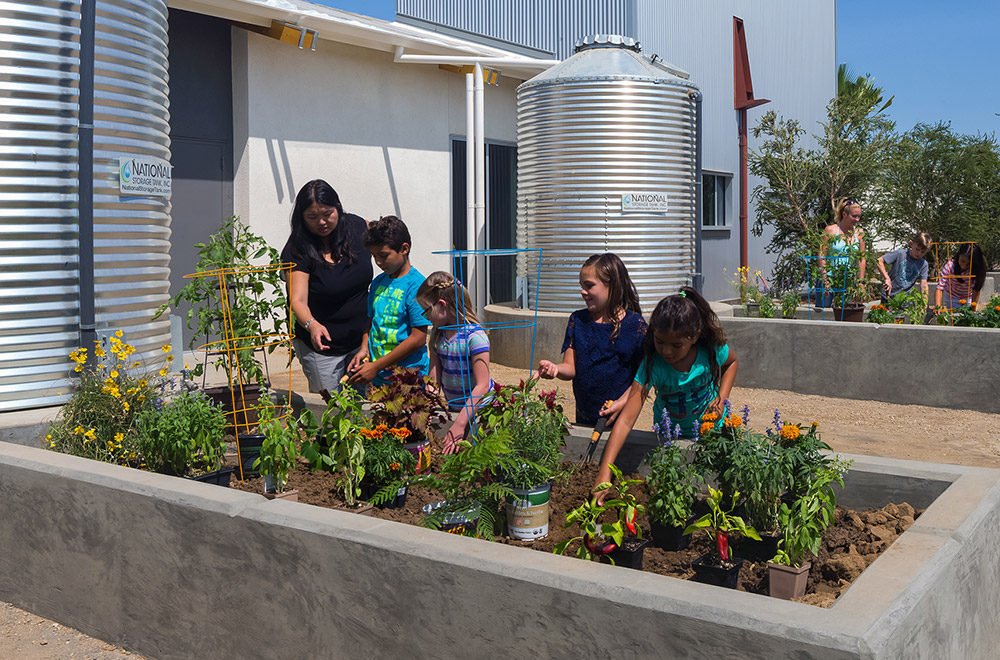A student-led effort is underway at Cal Poly Pomona to design and build two sustainable prototype homes that will replace structures that were destroyed by wildfires in 2007. Referred to as the Pamo Valley Project, the effort provides students with an exceptional opportunity to engage in a co-lectured program shared between faculty and non-faculty practitioners.
[nggallery id=62]
Owned by the City of San Diego and leased to ranchers who maintain the land, the destroyed homes qualified for emergency assistance funds from the Federal Emergency Management Agency (FEMA). Rather than using the funds to purchase FEMA trailers, the City of San Diego has teamed with Cal Poly Pomona’s Department of Architecture and HMC Architects to engage students to design two low-cost structures for the site. Heading up the project is HMC Architects’ Eric Carbonnier, AIA, as Project Manager, Dr. Pablo La Roche who is instructing the Carbon Neutral Design Studio at Cal Poly Pomona, and City liaison Mark Corcoran.
Students are working on the homes through a design studio in the winter and a sustainable design seminar in the spring, both led by Dr. La Roche, followed by a paid internship and mentoring at HMC Architects to develop construction documents. Construction on the homes is set to commence fall 2011, with post-occupancy evaluations to follow in 2012.
The high-performance homes will embrace core sustainable strategies and innovative solutions that will augment passive and active system performance. Water, energy, and waste conservation strategies are at the foundation of high performance solutions and lean on evidence-based design to improve and validate effectiveness before implementation.
HMC Architects is assembling a qualified consultant team of broad-minded practitioners to contribute their professional skills, participate in class lectures and reviews, and empower students through the various transitory phases from education, to internship, and practice.
The Pamo Valley Project was recently awarded the 2010 NCARB Grant, which is designed to help architecture schools implement new programs that merge the practice of architecture and education in a studio or classroom setting.
Progress on the Pamo Valley Project is shared through a website, http://www.pamovalley.com, that serves as a hub of communication for class lectures, assignments, drawings, and dialogue. The website features regular updates from the team and students currently working on the design.
